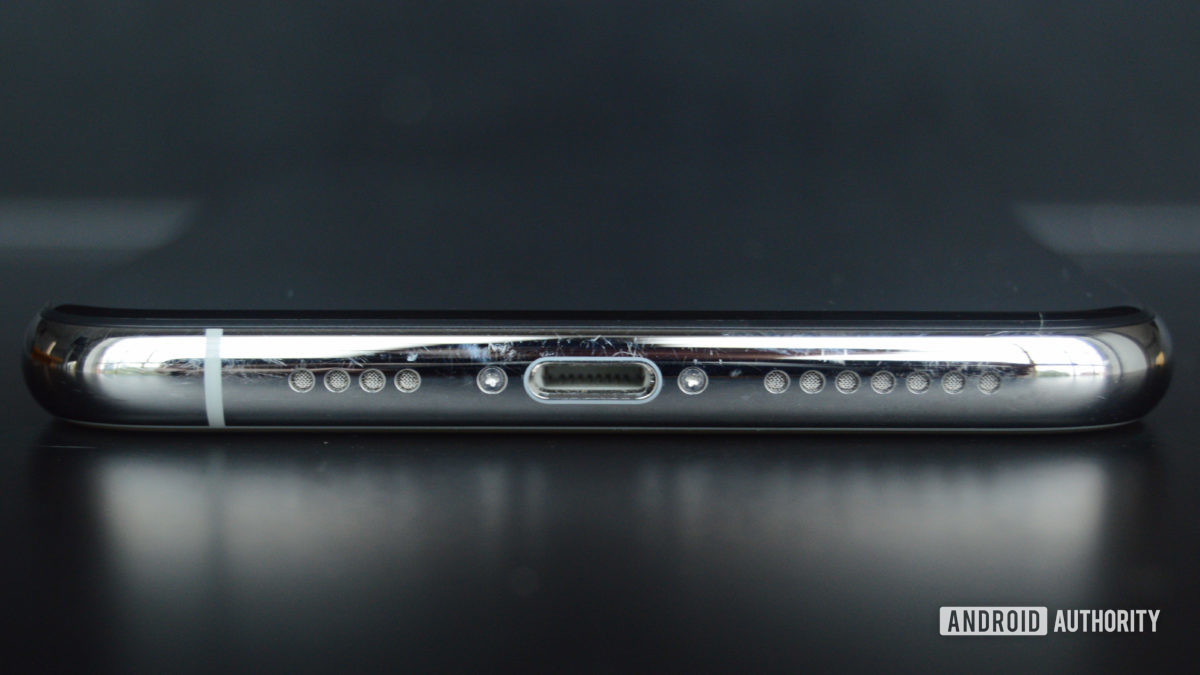
- The European Commission has announced its latest push to adopt USB-C as the standard charging port across multiple digital devices.
- It cites consumer convenience and the reduction of e-waste as two motivating factors.
- The move would push companies like Apple to adopt USB-C instead of Lightning on iPhones.
After its most recent failed bid in 2018, the European Commission (EC) has revealed its latest plan to implement a “common charging solution” for electronic devices.
Per today’s announcement, the regulatory body proposes amendments to the European Union’s Radio Equipment Directive, which would make USB-C the standard charging port across “smartphones, tablets, cameras, headphones, portable speakers and handheld videogame consoles.” The motives mentioned are specifically to reduce e-waste and, more interestingly, remedy “consumer inconvenience.”
While this means that phones and other devices packing micro-USB ports would also fall to the wayside, Apple’s Lightning port could also come under threat. iPhones may have to adopt the USB-C port as their primary power connector if the directive is passed.
Notably, the EC’s proposal also tackles charging specifications. The regulator wants manufacturers to adopt a “harmonized” fast charging technology that can be used across devices and standardize charging speeds across compatible chargers.
While Apple lags in adopting protocols like USB-C on its mobile devices, it’s well ahead of the EC in another area. The Commission wants companies to “unbundle the sale of chargers from the sale of electronic devices,” giving consumers the choice of purchasing a new charger or not. Currently, the likes of Apple, Samsung, and Xiaomi all offer smartphones without in-box chargers.
When will we see USB-C ports on iPhones?
Well, not any time soon. Before the tweaked directive can become law, the European Parliament members must cast a deciding vote. If approved, manufacturers will have 24 months to comply with the revised regulations.
It’s not yet clear if the revised directive would result in the reduction of e-waste. However, it would definitely improve consumer convenience. The owners of Apple and Android devices would only require one cable and one charger to top up multiple devices. Notably, the EC also states that it wants interoperability on “both sides of the cable.” Newer iPhones already support USB Power Delivery but expect the standardization of charging blocks to be next on the EC’s agenda later this year.